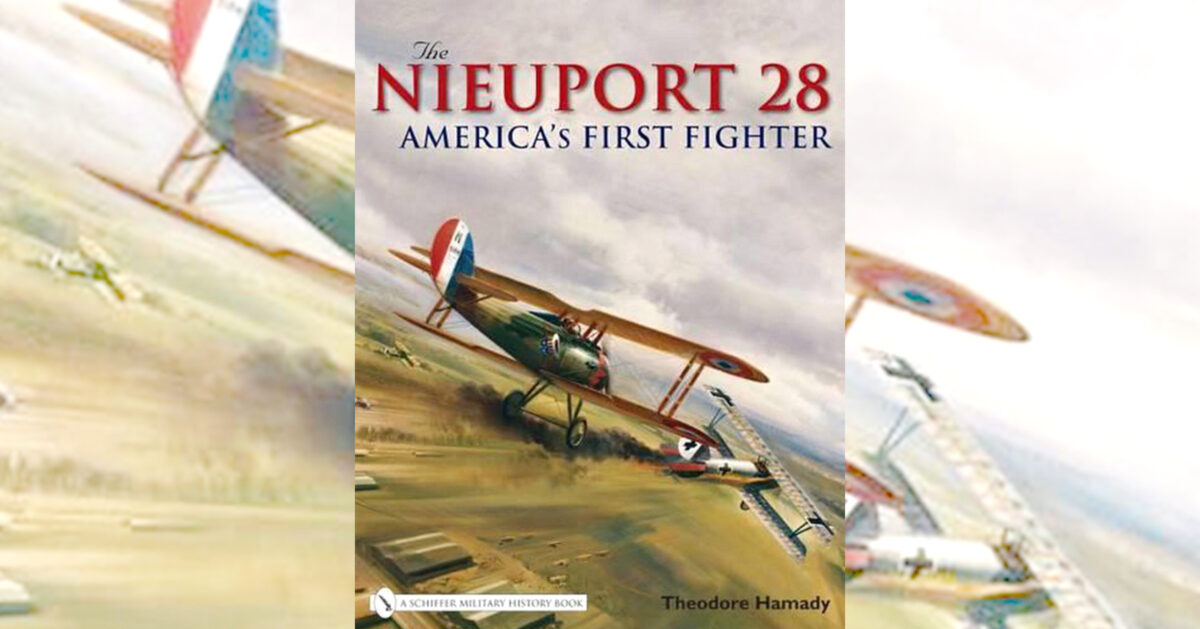The Nieuport 28: America’s First Fighter by Theodore Hamady, Schiffer Publishing Ltd., Atglen, Pa., 2008, $59.95.
The United States never developed an indigenous fighter during World War I, so it got by using British Sopwith Camels and Frenchbuilt Nieuport 28s and Spads. Of those, the Nieuport 28 has the distinction of being the first fighter in the U.S. Army Air Service to see combat. For that matter, the four squadrons of the 1st Pursuit Group were the only units to use it in combat before they were re – equipped with Spad XIIIs. During its four months of frontline service, the Nieuport left deep impressions, both good and bad. The 94th and 95th Aero squadrons were pleased to see theirs replaced; the 27th and 147th Aero squadrons, on the other hand, gave up their Nieuports only under protest—involving the relief from command of the 147th’s leader, Major Geoffrey H. Bonnell.
Theodore Hamady, who served for five years as project research historian for the restoration of the Nieuport 28 on display at the Smithsonian’s Udvar-Hazy annex, has acquired a wealth of information on the plane. Consequently, even WWI experts can expect to learn something new from The Nieuport 28: America’s First Fighter, including performance comparisons with contemporaries such as the Camel, Spad XIII and its chief nemesis, the Fokker D.VII. Hamady also covers the elegant biplane’s postwar use by other countries as well as its illustrious film career.
The author concludes that the Nieuport 28’s good performance, excellent flight characteristics and ease of maintenance outweighed its flaws: the tendency of its engine to catch fire and its wings to shed fabric. The squadrons that flew it managed to overcome those problems, which meant it was a better plane than the Spad XIII for the first USAS fighter pilots to learn their trade.
Originally published in the March 2009 issue of Aviation History. To subscribe, click here.





